Echeveria
Counter to what the name might suggest our next succulent is not as prickly as its thorny peers, but just as chubby and charming. The Echeveria, a rosette forming succulent, belongs to the Crassulaceae family and is native to the arid areas of Central America.
Echeverias are closely related to Graptopetalum, and have been hybridized to form the Graptoveria. They’re so similar in fact that you’ll have a hard time telling the difference. In any event, these fat fingered succulents make very popular houseplants, due to their hardiness and beautiful colours.

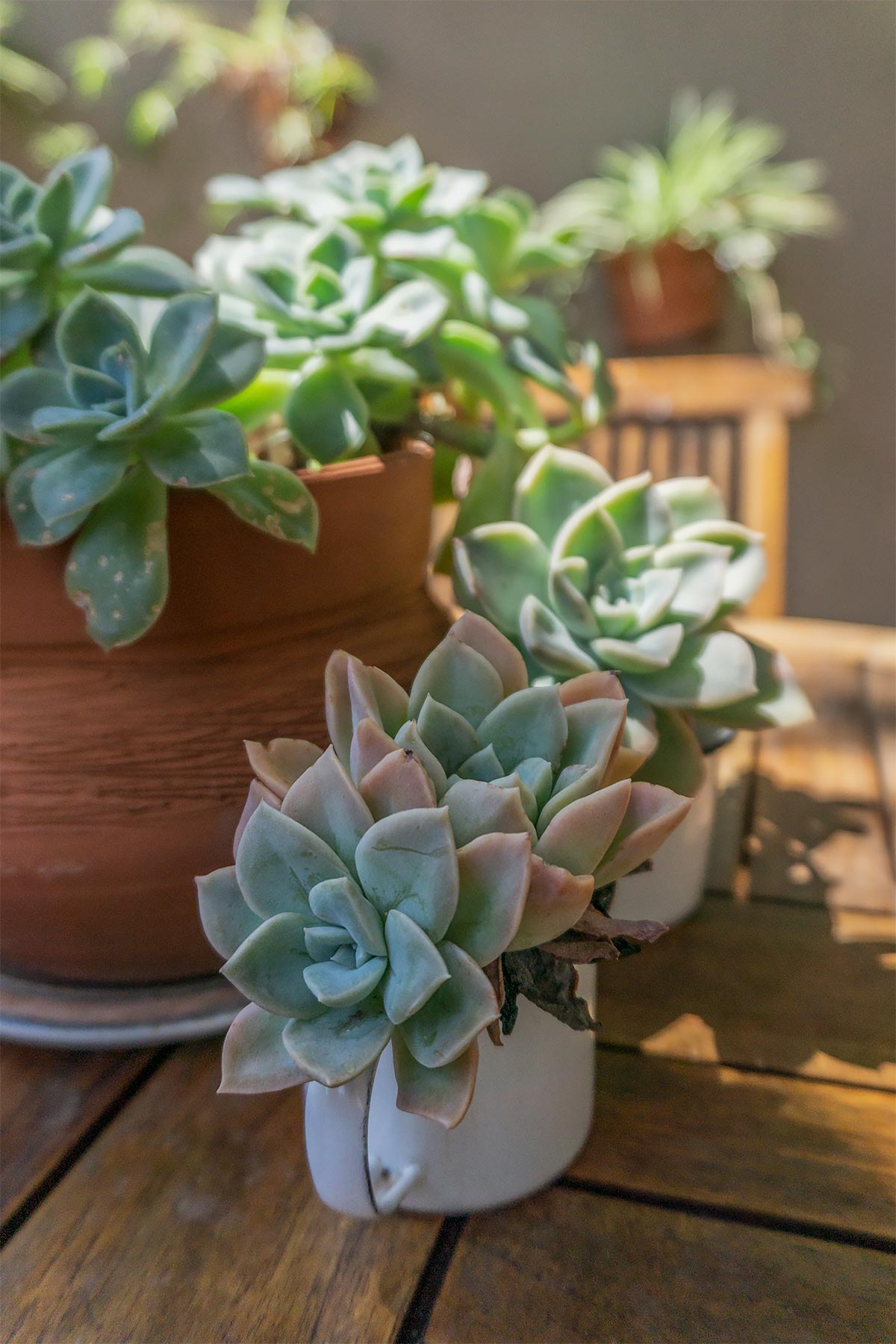
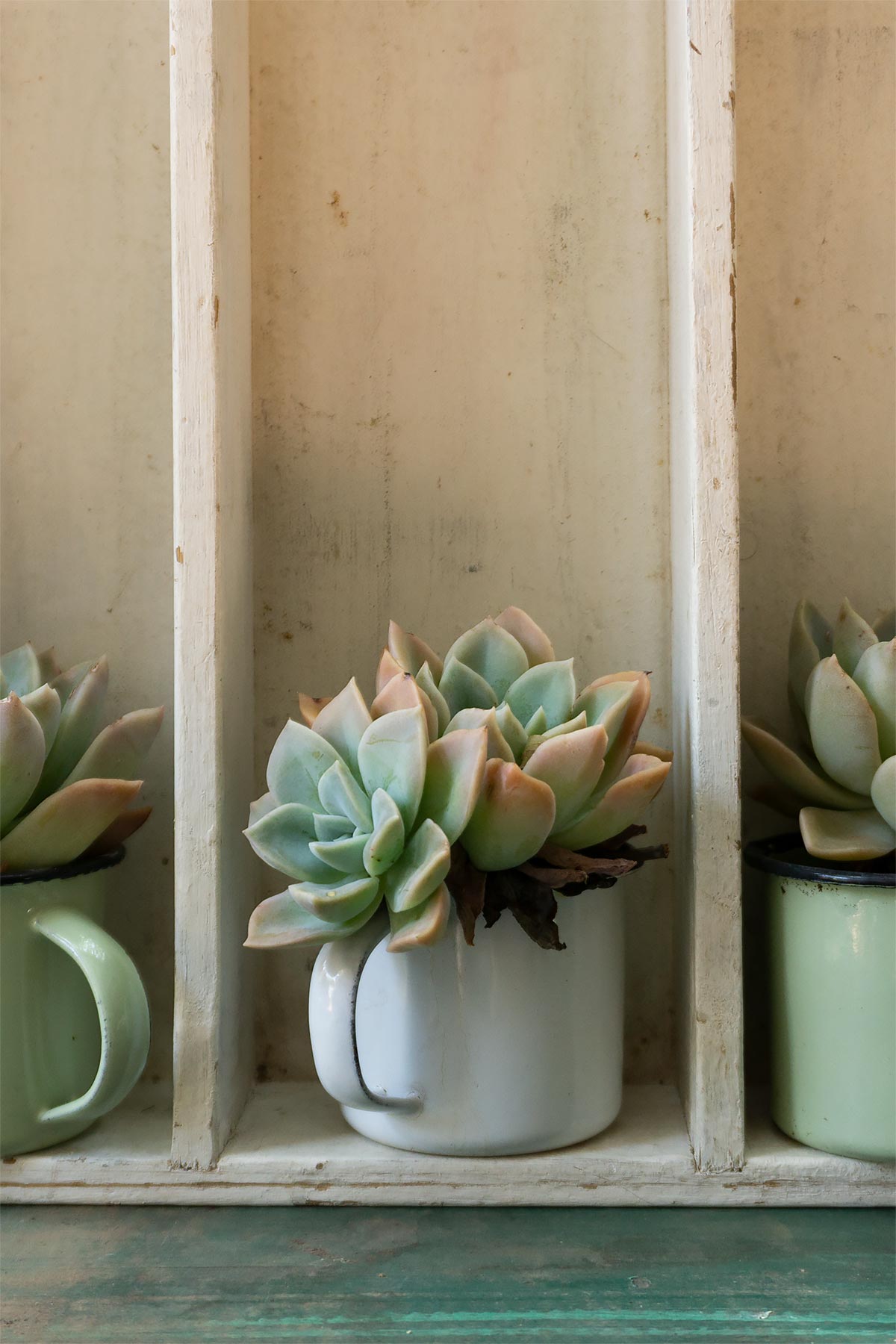
Care: Echeverias like dry air and plenty of sun, so position them in spots where they get loads of sunlight for most of the day. They require well draining potting soil in containers that drain thoroughly.
Water: Allow the soil to dry out completely between watering. This will depend on the location of your plant and the conditions of your home so stick your finger in the soil to make sure it’s bone dry before you give it a good watering. During the winter months they require even less water. As with most succulents overwatering will cause your plants to rot.
Propagation: Echeveria’s produce offsets or baby plants that you’ll see popping up around the parent. Carefully pull these out and replant them. You can also propagate them by laying leaf cuttings on top of the soil. Sometimes plants can grow heavy and break off when you handle the pot. Simply stick them back in some soil and they should take again.
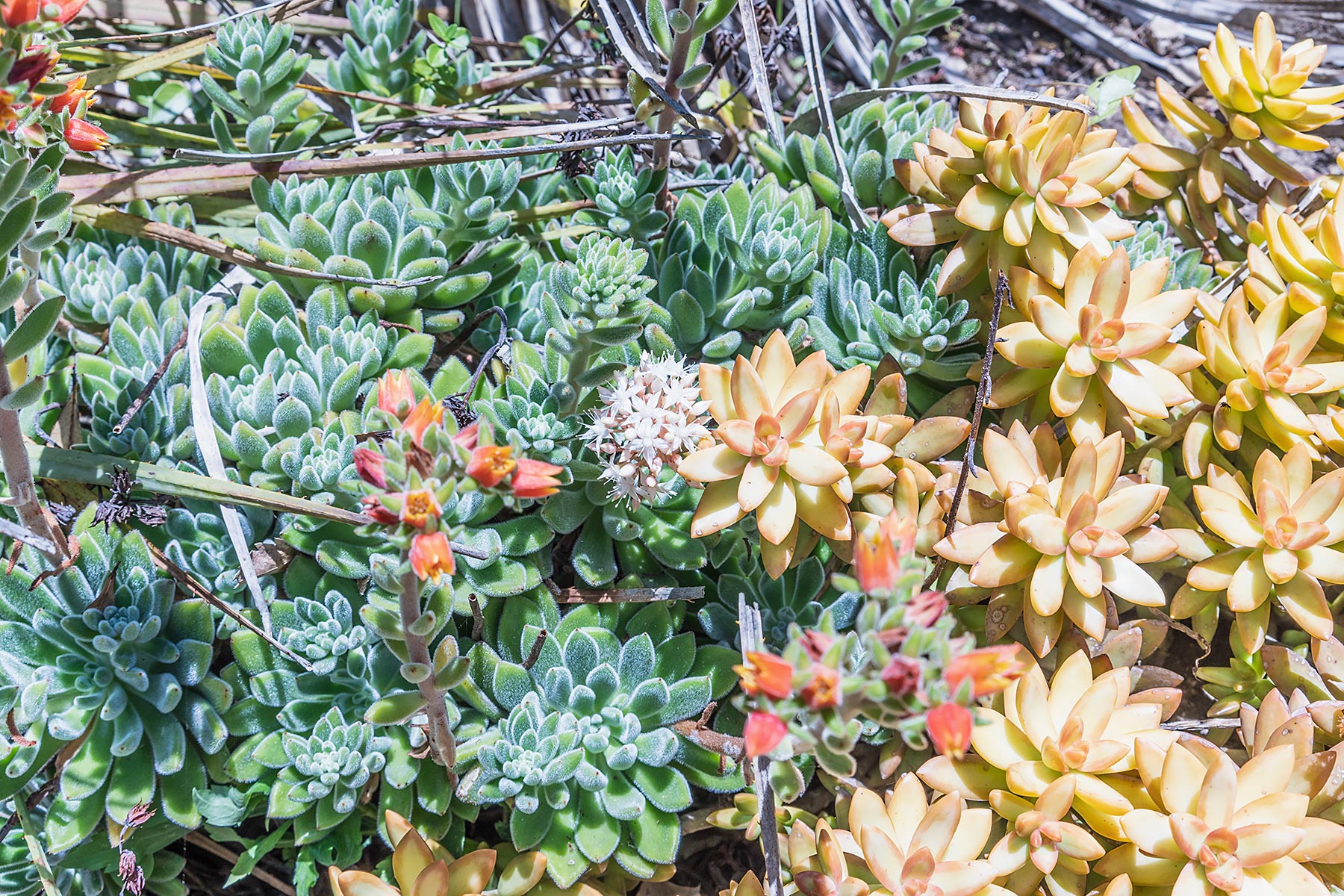
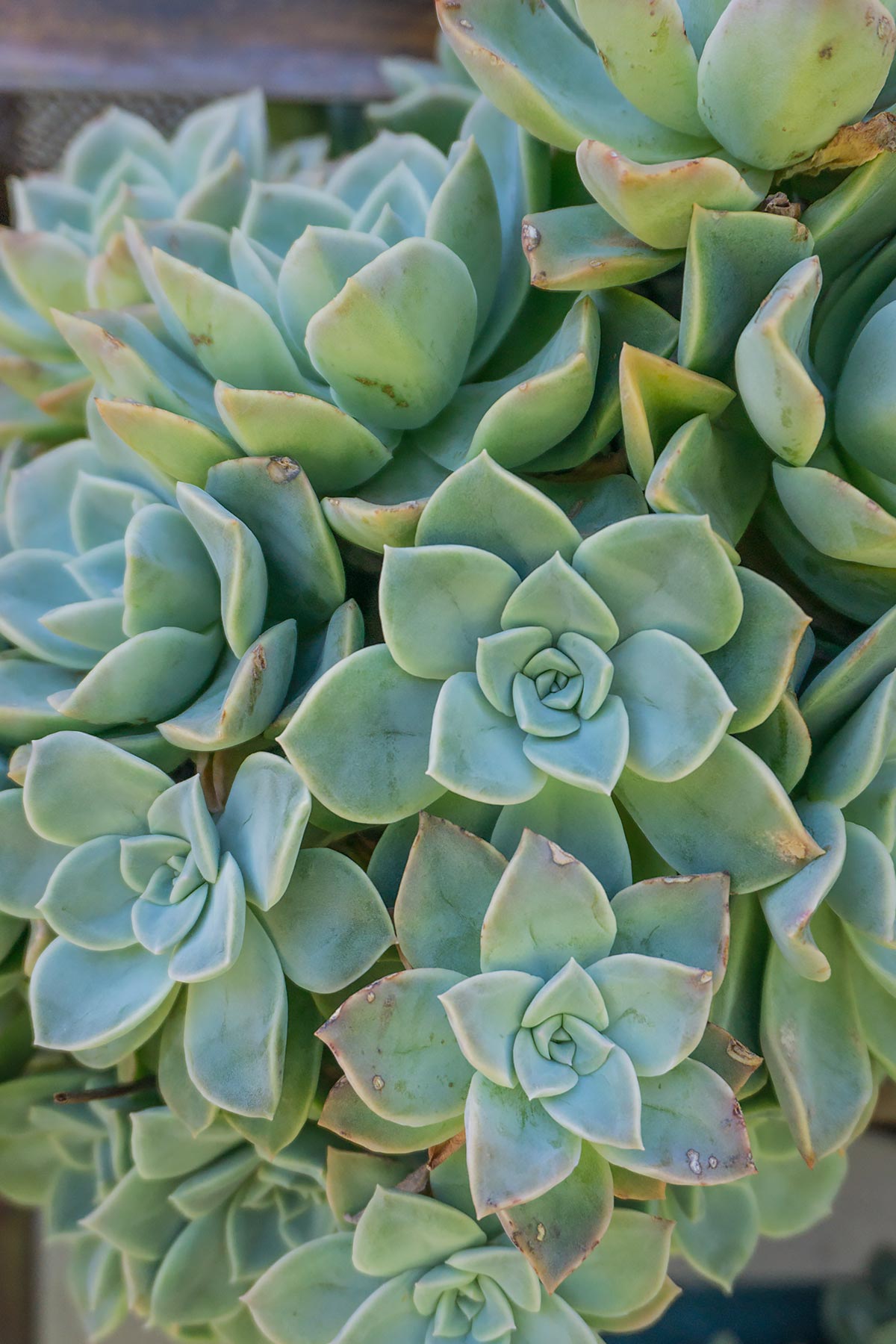
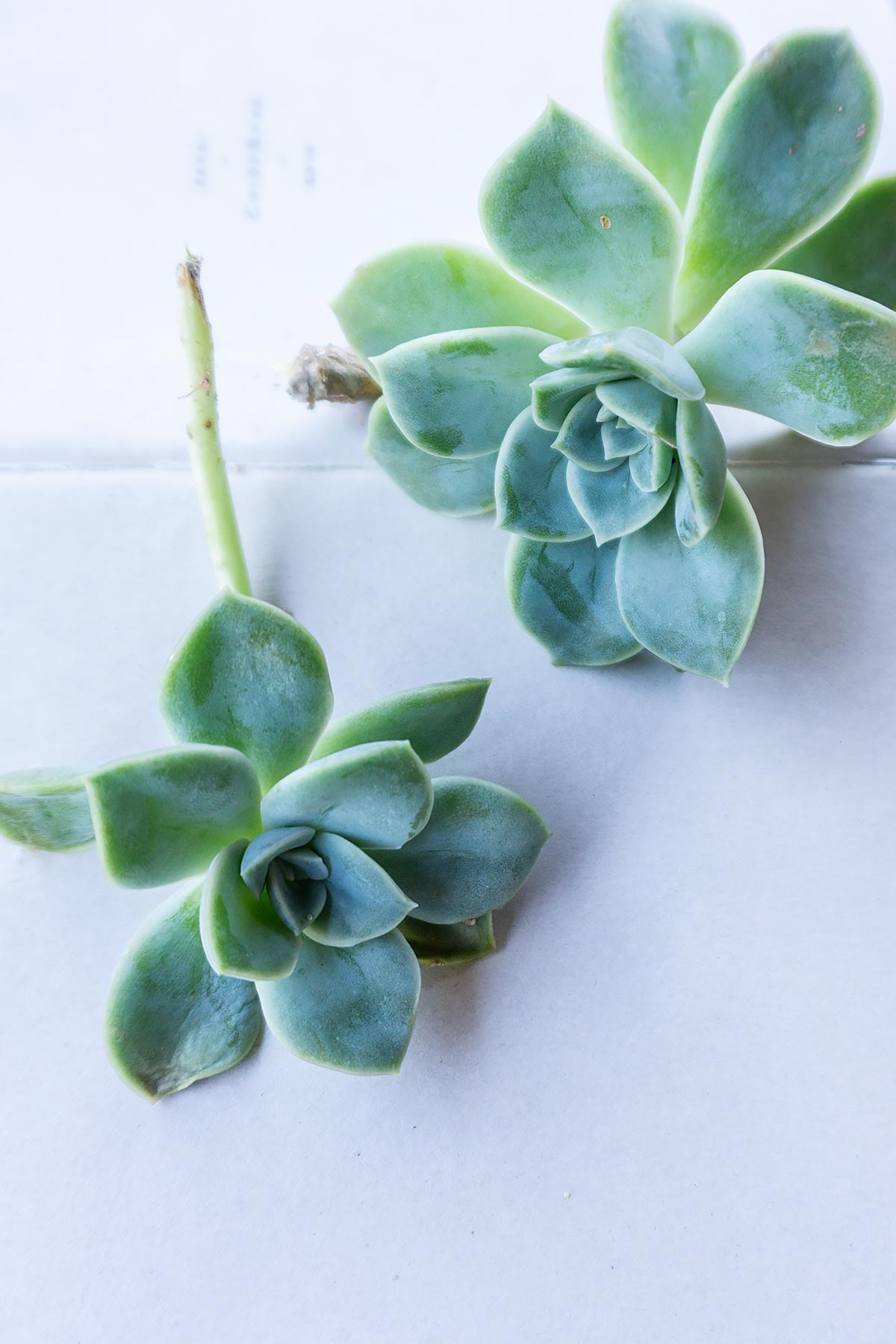
This large genus of succulents produce a myriad of colour varieties that can range from turquoise to a light lime or mint. These cool hues are perfect for creating a calm and tranquil atmosphere in your home. Some species have magical gradients like light green to pink or purple. Use these tones together for a surprising colour scheme that’s a perfect balance of serenity and zeal.
Text & Photography © Barbara Cilliers
Wild about plants?
Sign up to the newsletter for inspirational content and more tips and tales of nature’s babies.

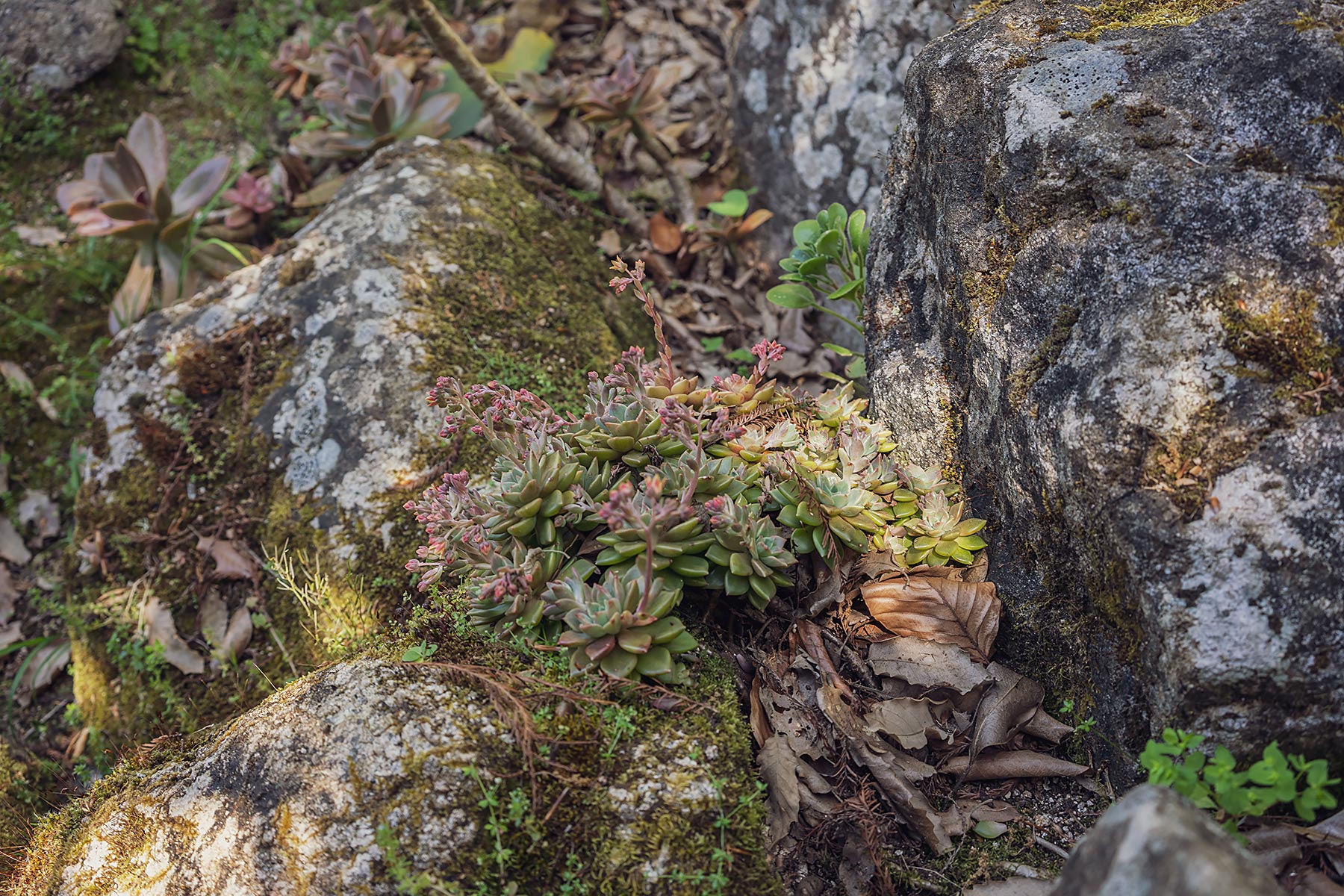

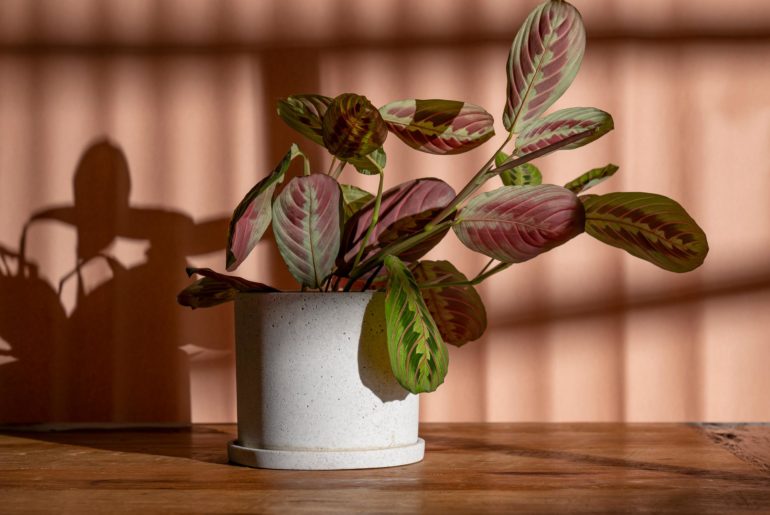
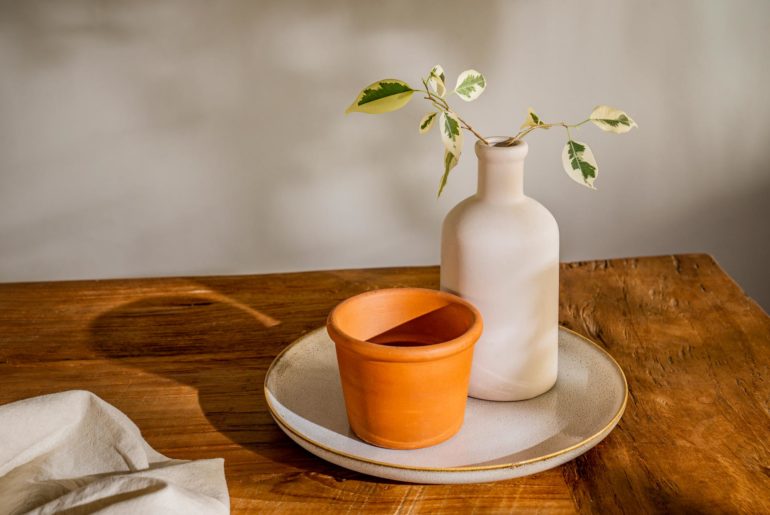
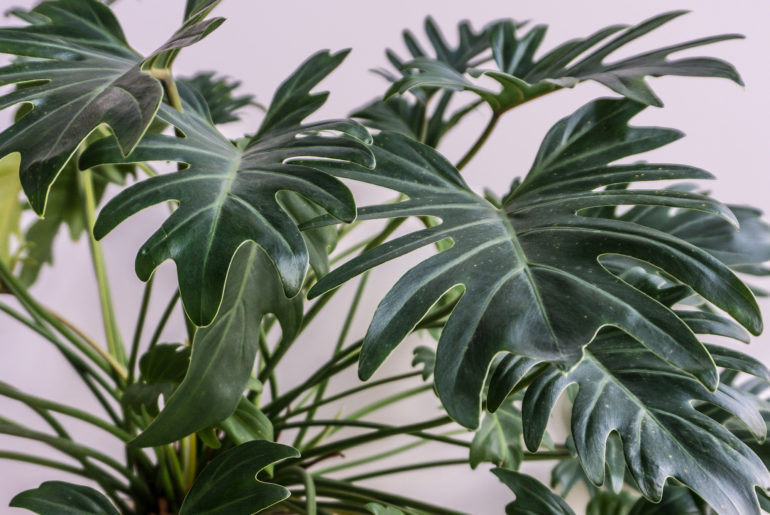
Comments are closed.